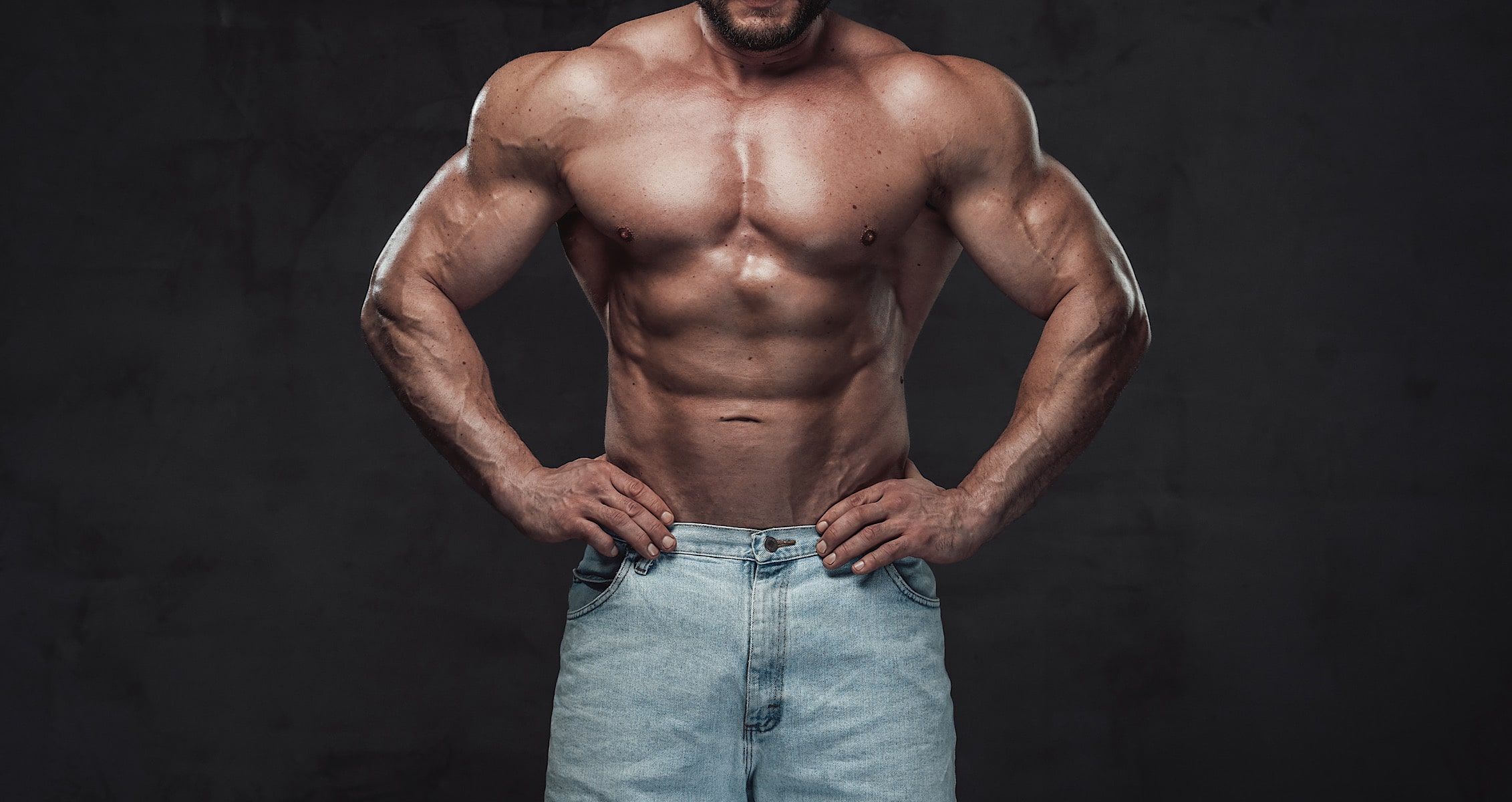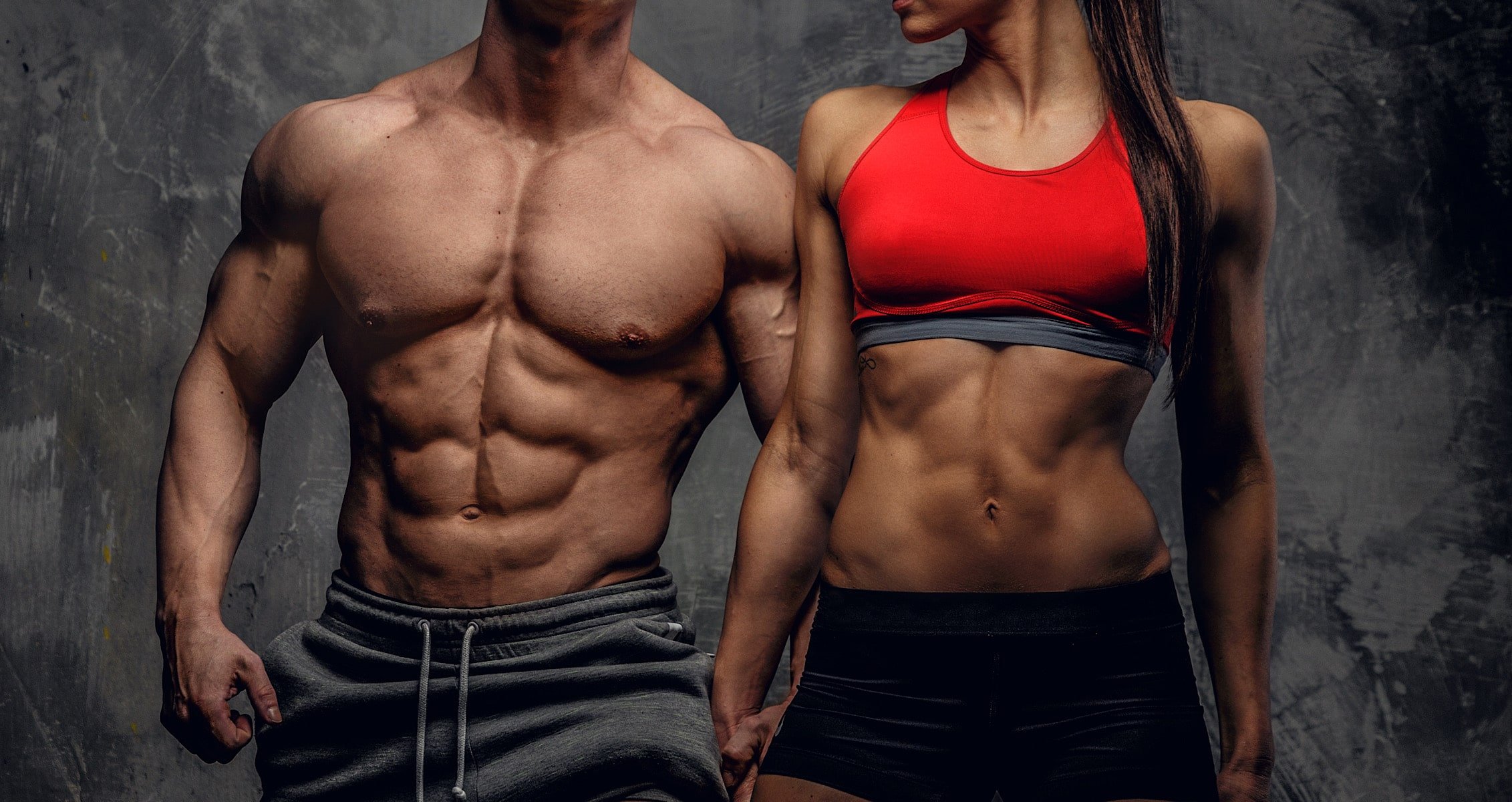How to know if you have bodybuilding genetics
Gym trainers will have you believe you can achieve your dream physique if you work hard enough, buy their training program, take the supplements they are selling, or hire them as a personal trainer. But truth be told, not everyone can be the next Mr. Olympia, or even come close to it. In this post, we will discuss how to know if you have the bodybuilding genetics to compete on a professional bodybuilding stage.
We agree that hard work, smart work, the right mentor all are important, but if you don’t have the genetics, you cannot make it as a pro bodybuilder. It might be too much to digest, but this is the truth. Don’t believe us? Perform this simple experiment.
Start training with an individual who is approximately the same height, weight, age, and has the same BMI as you. Follow the same diet plan and perform the same exercises for the same number of reps and sets.
Compare your results at the end of eight weeks. One of you will have put on more muscle mass compared to the other. It is not because that person has been eating or lifting more behind the scenes. The gains are a result of his superior genetics.
Factors Affecting Muscular Appearance
Muscle Insertions
Muscle insertions are one of the least talked about aspects of bodybuilding. Insertions determine to what degree a specific muscle can develop, and they are just about entirely genetic. Biceps and calves can best describe the effect of muscle insertions on your muscle mass and symmetry.
Depending on your bicep insertion, your guns might be long, short, or average in length.
How To Take A Bicep Length Test
- Flex your bicep so that your upper arm forms a right angle with your lower arm.
- If there is a lot of stance between your biceps and elbows, your biceps are short.
- In case there is about an inch of space, consider your bicep average length.
- If your bicep muscle is jammed right up against the elbow joint, the Greek gods are kind to you, and you have long biceps.
If a muscle is attached lower on the bone, it will look longer and fuller when developed. Insertions are what give your muscle bellies the “full” appearance. Longer bicep muscle creates a bigger and better peak when you flex your arm.
Calves work the same way – the two extremes being high and low calves.
How To Take A Calf Test
- Flex your calf and see where the muscle ends on its way to your ankle.
- If it ends not too far down from your knee – you have high calves. Train them as hard as you can, but they will always be a weak muscle group.
- If your calves go way down, you are blessed. You probably are a proud owner of a pair of full-grown bulls.
Body Type
Most people mistakenly put themselves in the wrong body type group. Successful bodybuilders are usually a mix of two body types. You might need the same to win a bodybuilding show.
You need the muscle mass of an endomorph and small joints of a mesomorph to create the perfect muscle proportionality and symmetry illusion on stage.
On the other hand, if you are an ectomorph, you will have to work extra hard to add some meat to your naturally lean frame.
It is not the end of the world for you if you are an ectomorph, though. Other “branches” of fitness like calisthenics, CrossFit are great fits for an ectomorph.
How To Know If You Have The Perfect Genetics For Bodybuilding

Lifestyle genetic tests are gaining popularity and are more affordable than ever. All you have to do is order a kit, send a sample to a testing company and wait for the results. These tests can help you determine your strengths and weaknesses in training, building muscle, nutrition, and losing, gaining, or maintaining weight.
Bodybuilding and DNA
ACTN3 is a crucial gene that has been studied and proven to impact strength and muscle size. This gene codes for α-actinin-3, a protein in fast-twitch muscle fibers. This type of fiber allows muscles to contract rapidly and is necessary for power sports like weightlifting and sprinting.
Elite power athletes have a much higher amount of functional ACTN3 as compared to the general population. If you too have the functional ACTN3 gene, you have an advantage in strength training and bodybuilding.
Genetics, Body Composition, and Weight
A lifestyle genetic test can tell you how strength training will affect your body composition and weight. Body composition describes the amount of fat, bone, water, and muscle in the body. This test assigns you one of three genotypes for this measure:
1. Enhanced
A person with an “enhanced” genotype is perfect for bodybuilding. An enhanced person will see significant gains in muscle mass, losses in body fat and weight in response to regular strength training.
2. Normal
A majority of people who take this test fall into this category. It means you will lose some weight and convert some body mass by doing regular strength training workouts. People in this category shouldn’t expect extraordinary results in return for ordinary work in the gym.
Individuals in this genotype will have to lift heavier weight, use more intensity, and volume compared to the “enhanced” people to stimulate muscle tissue growth.
3. Below Average
If a person gets a “below average” result for this test, strength training alone will not do much in improving his body composition and weight. They will have to step their training, diet, and recovery programs up a notch to match the “normal” folks.
Hypertrophy resistance training will be the best type of workout for these individuals.
Genetics and Power Potential
Sports can roughly be divided into two categories: power and endurance. Power sports like bodybuilding require short bursts of force, and endurance sports like distance running require less force generated over a longer period.
Depending on your genotype you could be better at power or endurance sports. People with more type I (slow-twitch) muscle fibers will be more likely to be good at endurance sports, whereas individuals with more type II (fast-twitch) fibers will excel at strength sports.
Types Of Endurance Genotypes:
1. High Endurance – Good at power sports that involve high volume workouts like bodybuilding and weightlifting.
2. Equal Endurance/Power – Good at sports with a mix of endurance and power. This is the most common type of genotype.
3. Higher Power – The best genotype to have if you want to be a pro bodybuilder.
Conclusion
Your genetics might act as a hurdle if your goal is to win international bodybuilding shows, but you should not use it as an excuse to never start working out or to quit the lifestyle if you are already in it.
Even if you are not as gifted as Phil Heath in the bodybuilding genetics department, you still have a chance to win bodybuilding shows by competing in your local bodybuilding shows.
Have you ever taken a lifestyle genetic test? Let us know in the comments below. Also, be sure to follow Generation Iron on Facebook, Twitter, and Instagram.









